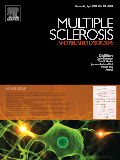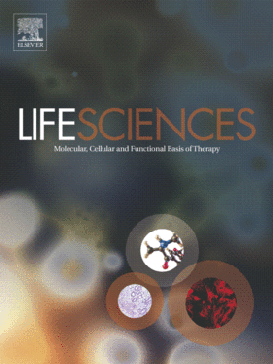
“Cannabidiol (CBD) is a major non-psychotomimetic component of Cannabis sativa that has been shown to have an anxiolytic effect in human and animal models.
Earlier studies suggest that these effects involve facilitation of serotonin, a neurotransmitter that has also been related to obsessive-compulsive disorder.
On the basis of this evidence, this study investigated the effects of CBD in C57BL/6J mice submitted to the marble-burying test (MBT), an animal model proposed to reflect compulsive behaviour.
CBD induced a significant decrease in the number of buried marbles compared with controls.
These results indicated that CBD and paroxetine decrease the number of buried marbles in the MBT through distinct pharmacological mechanisms.
They also suggest a potential role of drugs acting on the cannabinoid system in modulating compulsive behaviour.”









